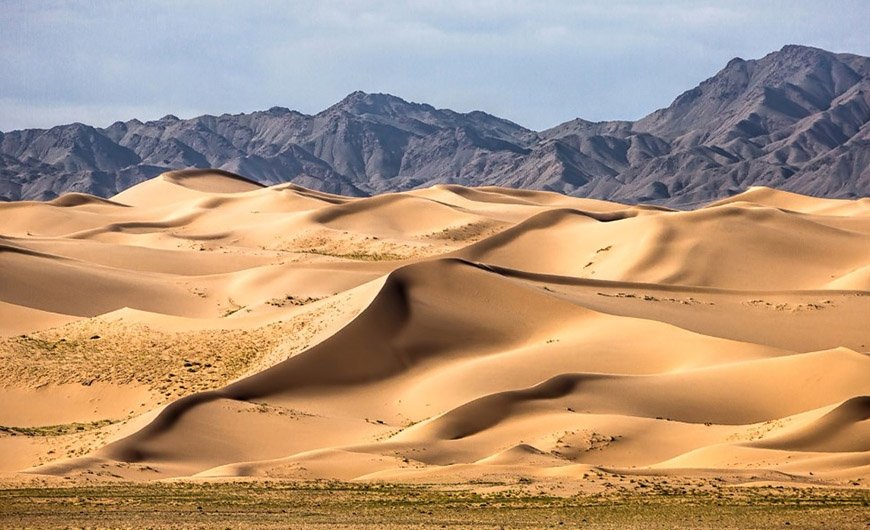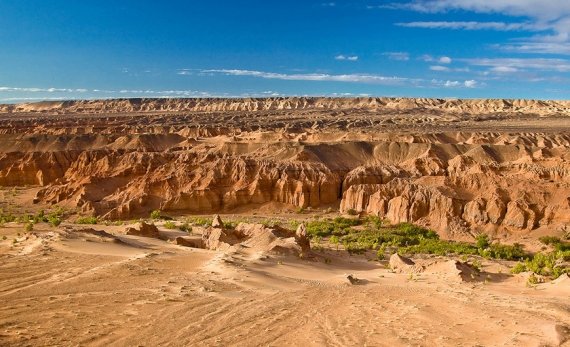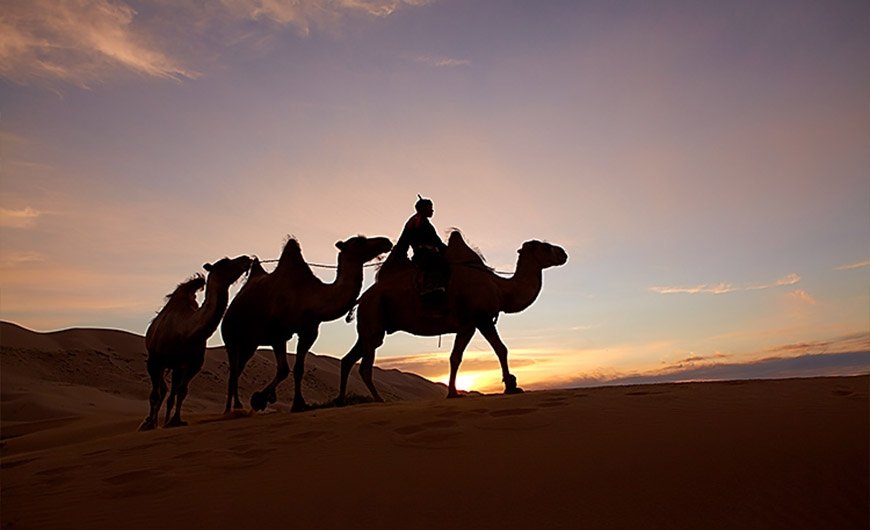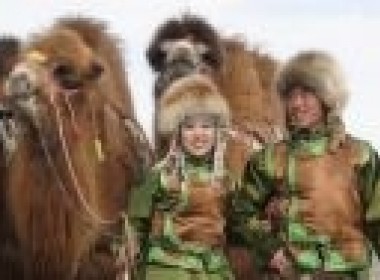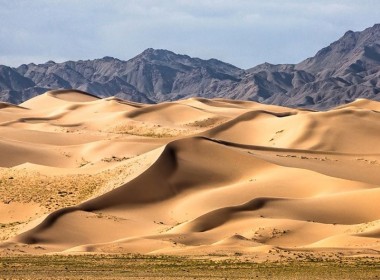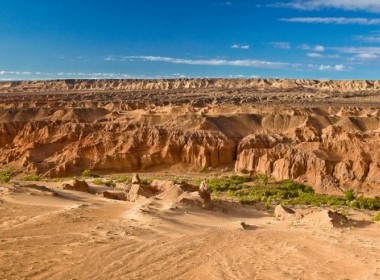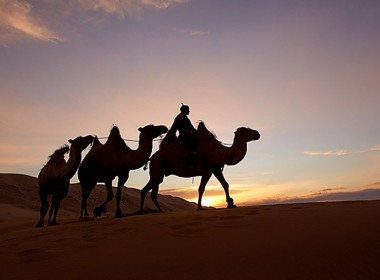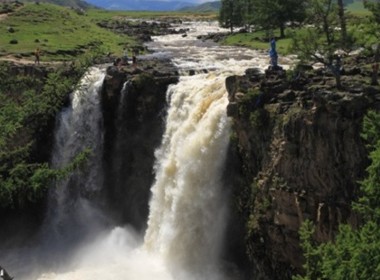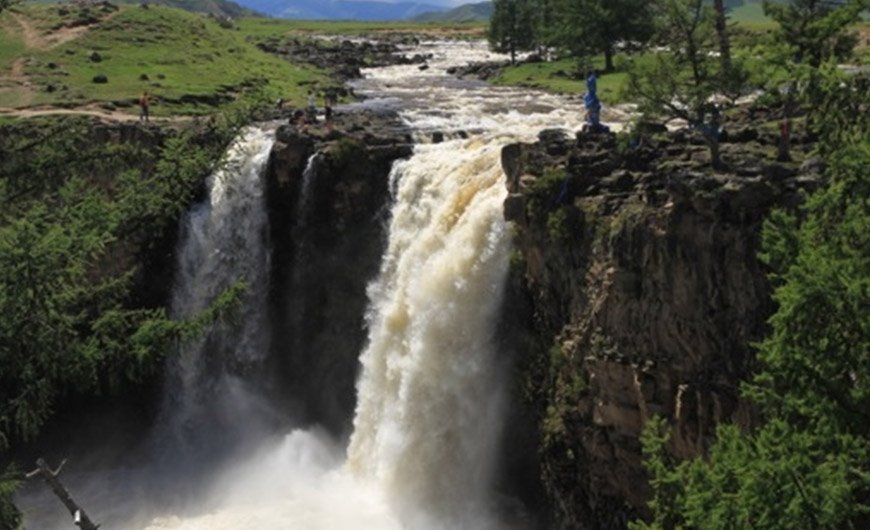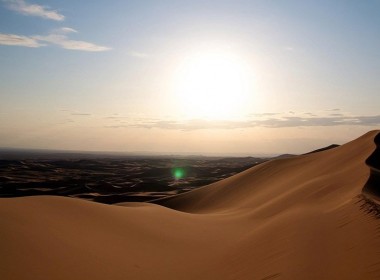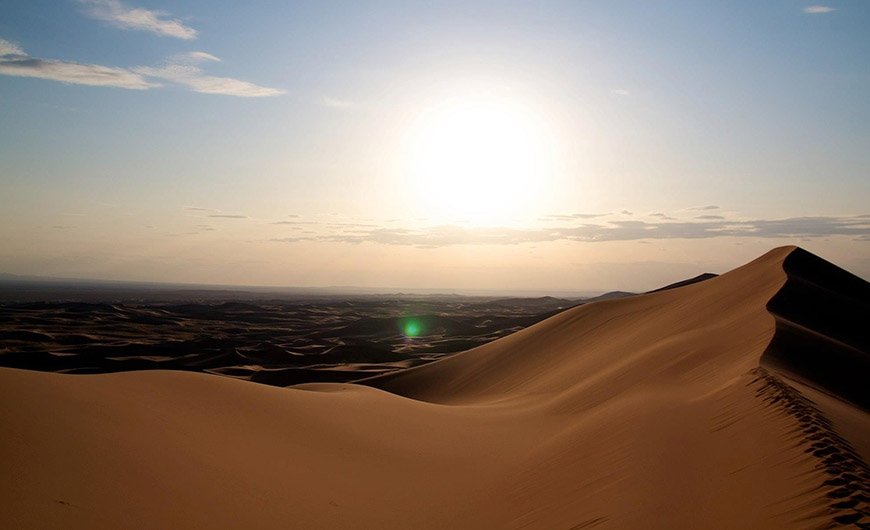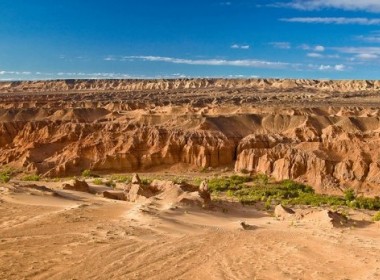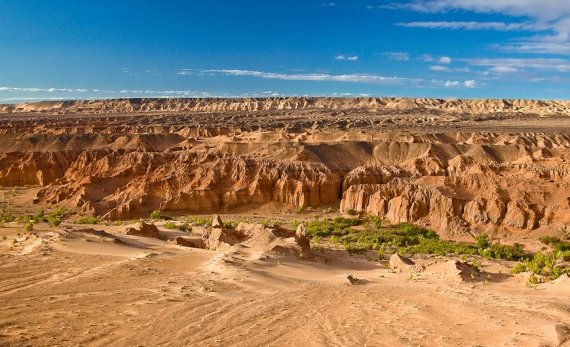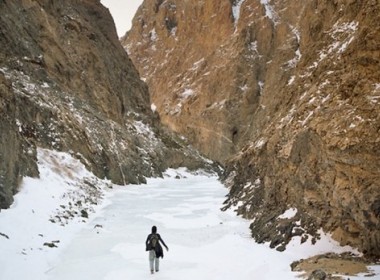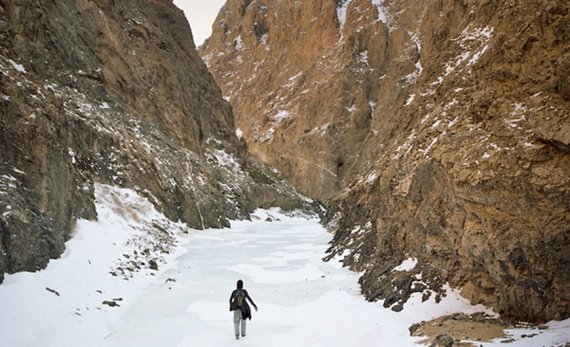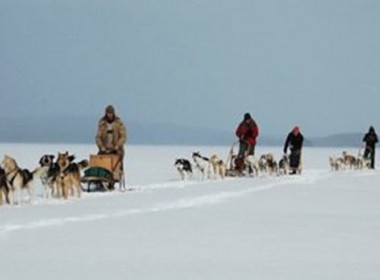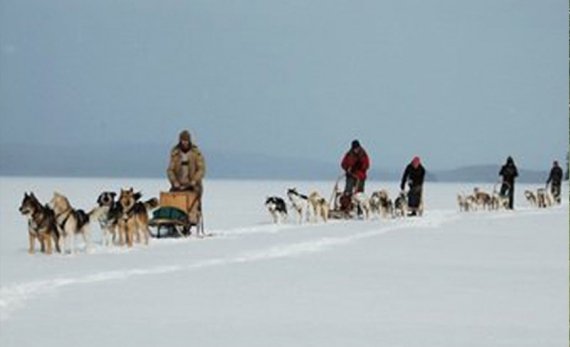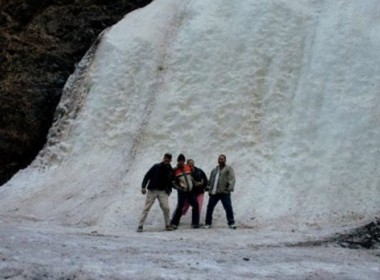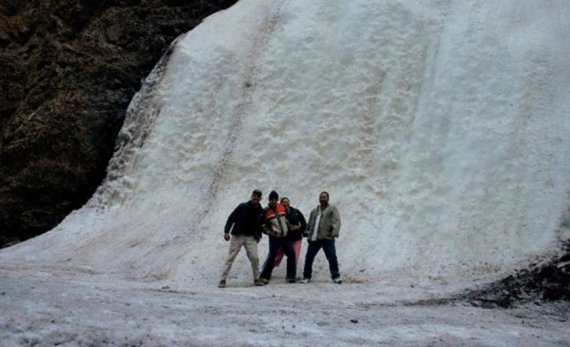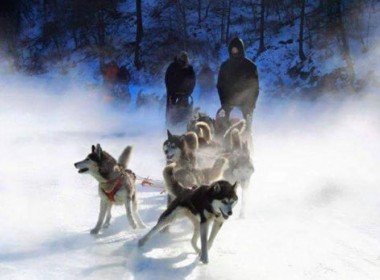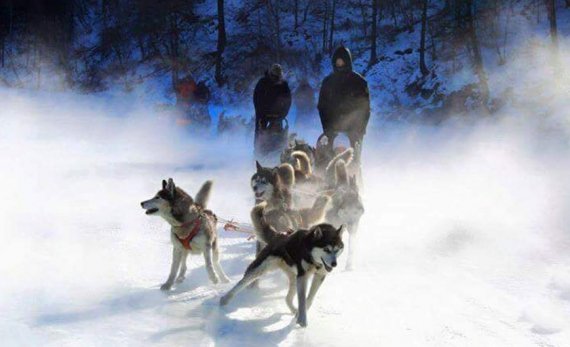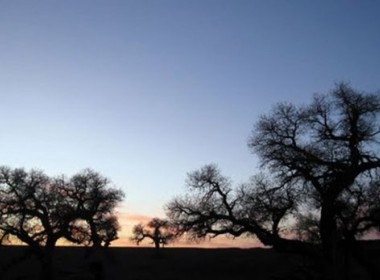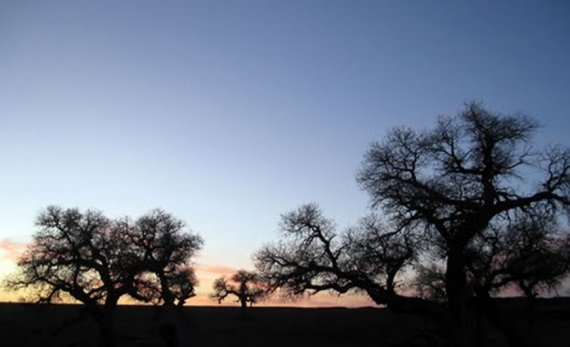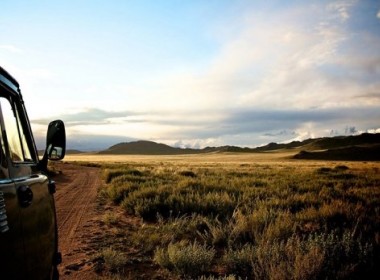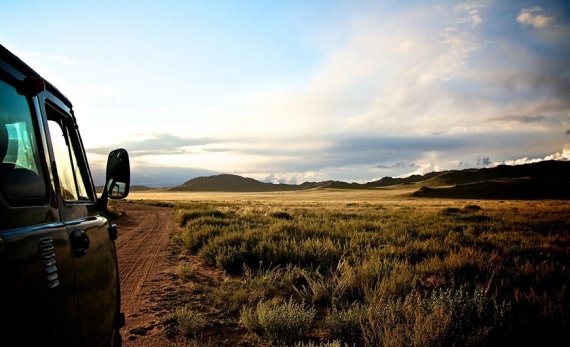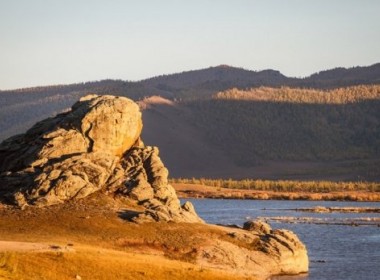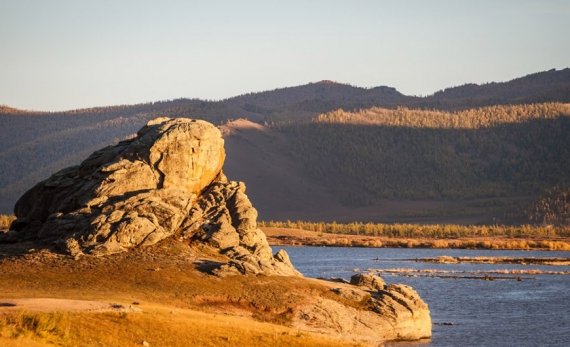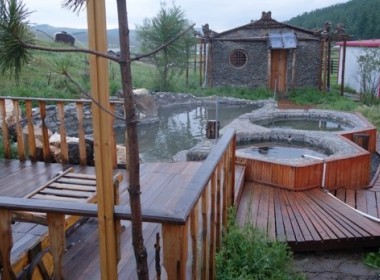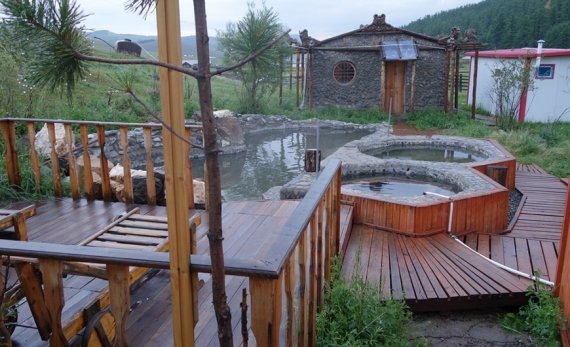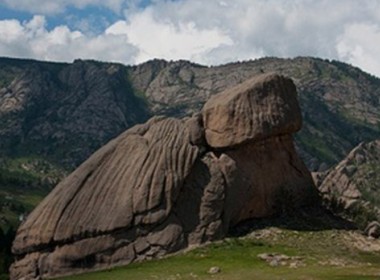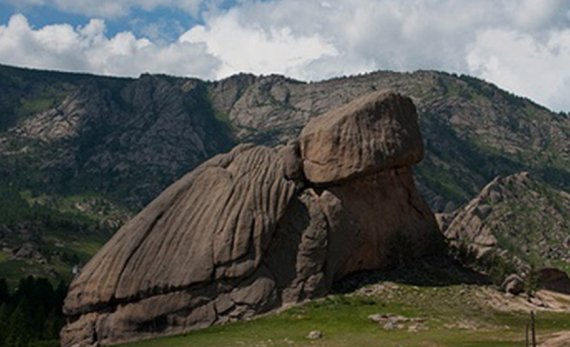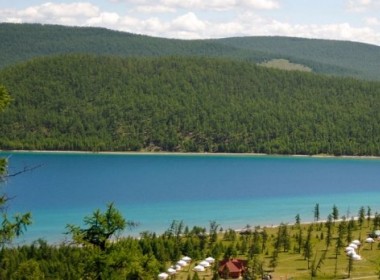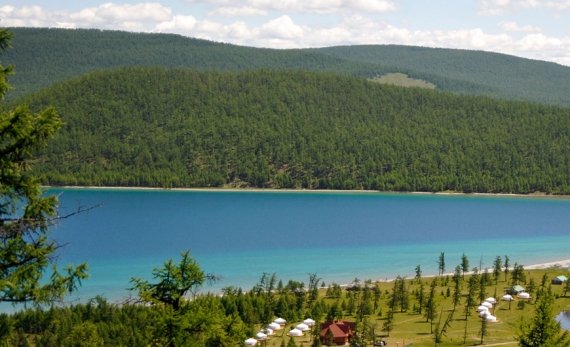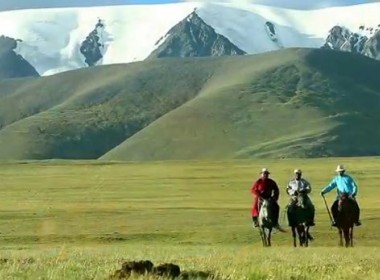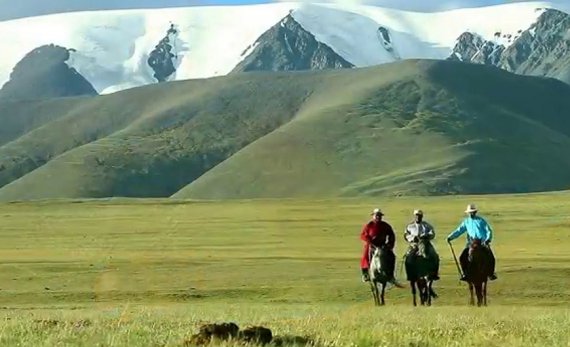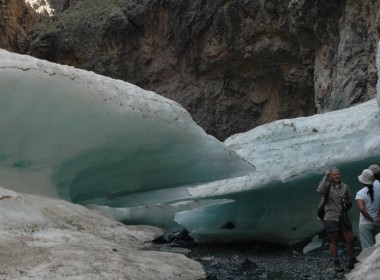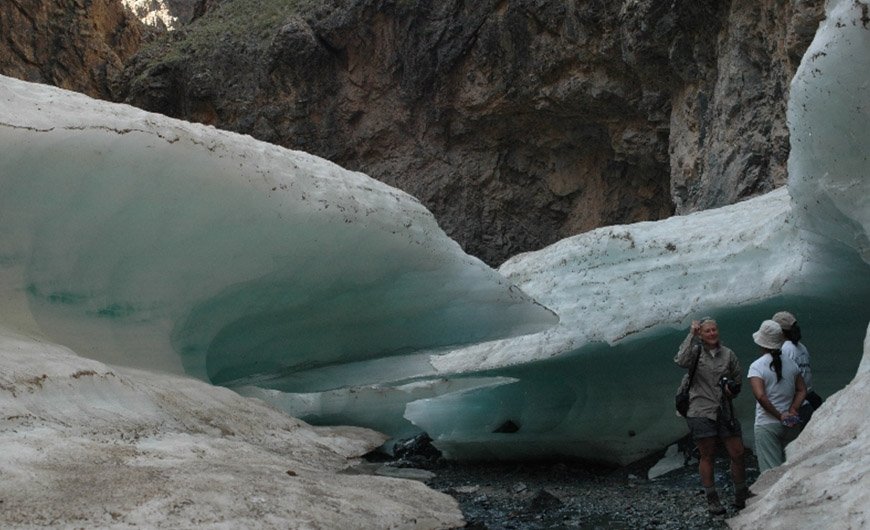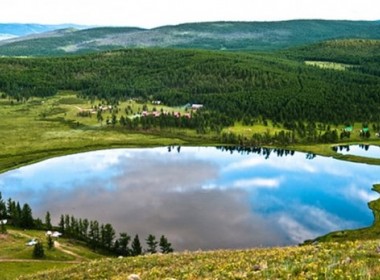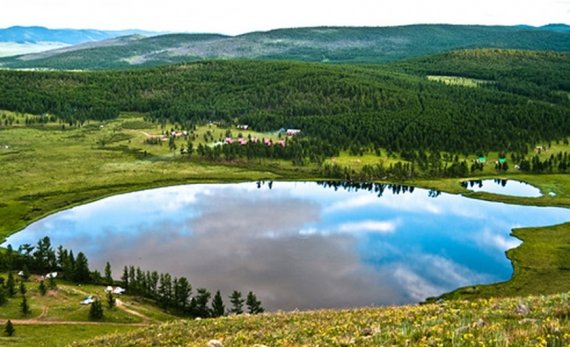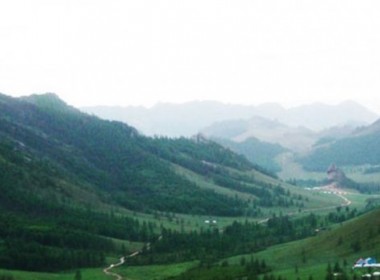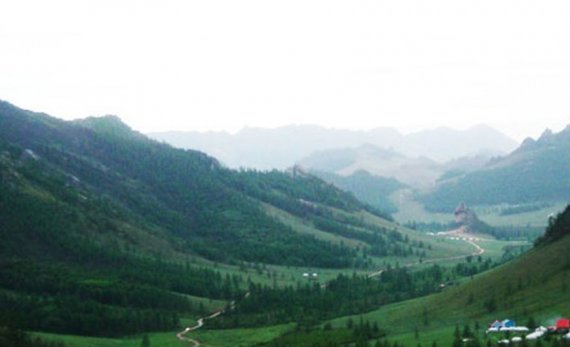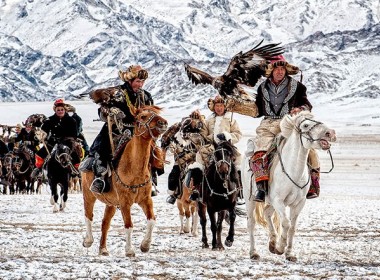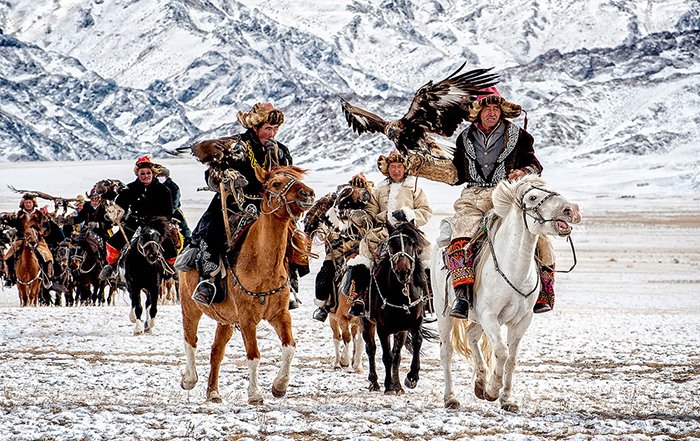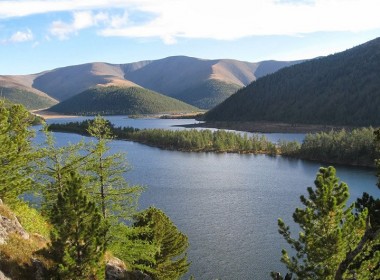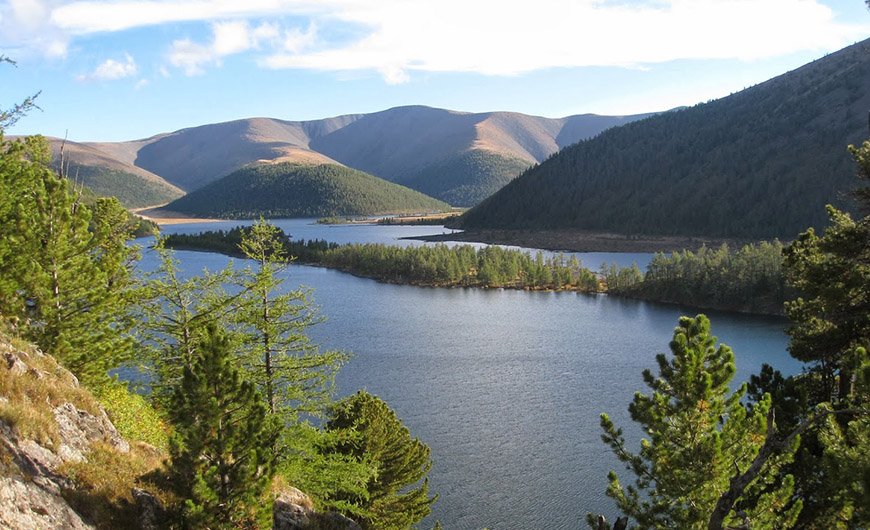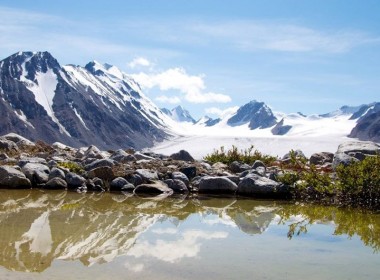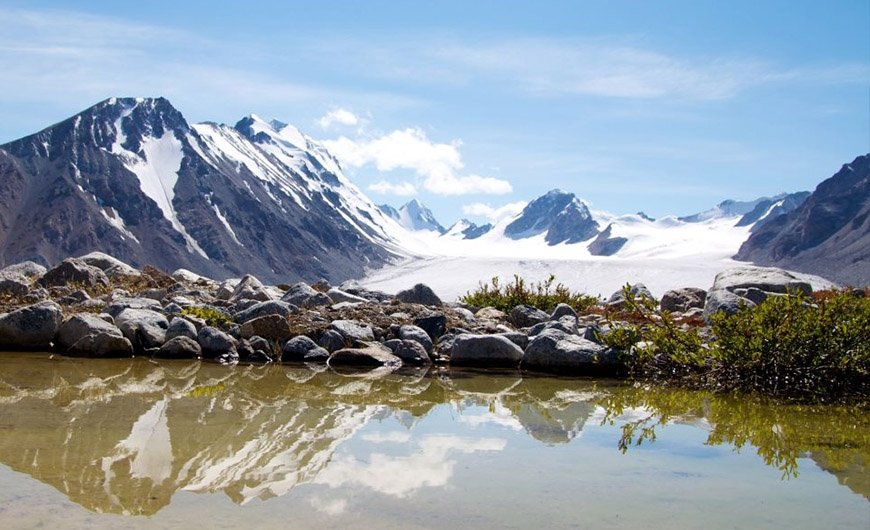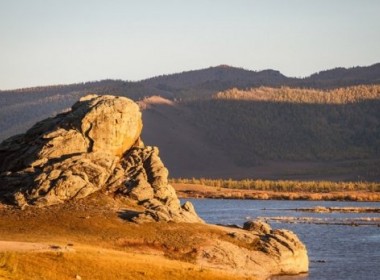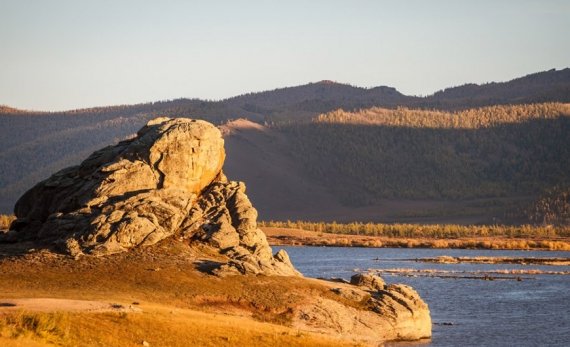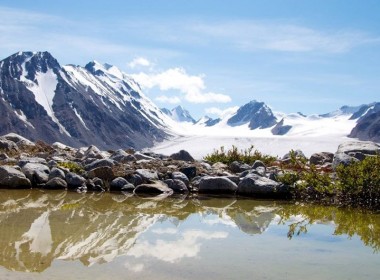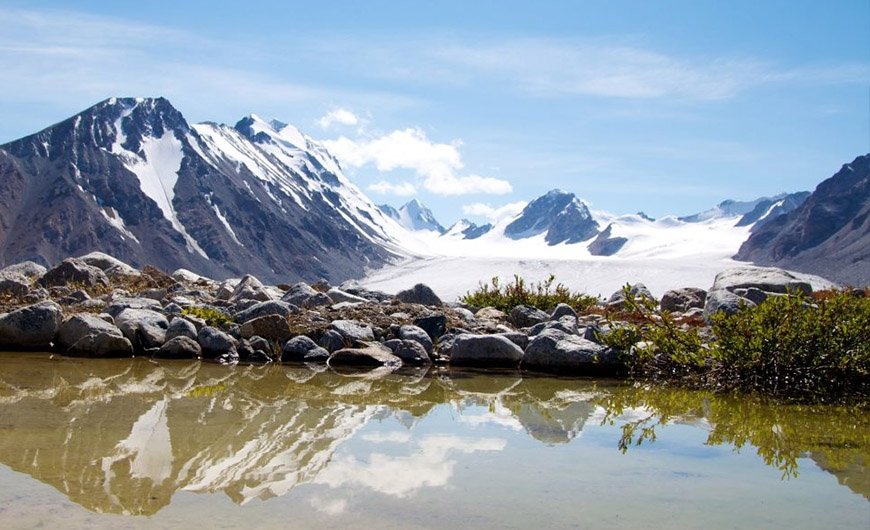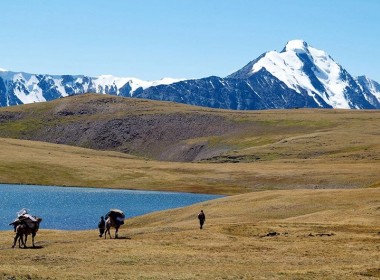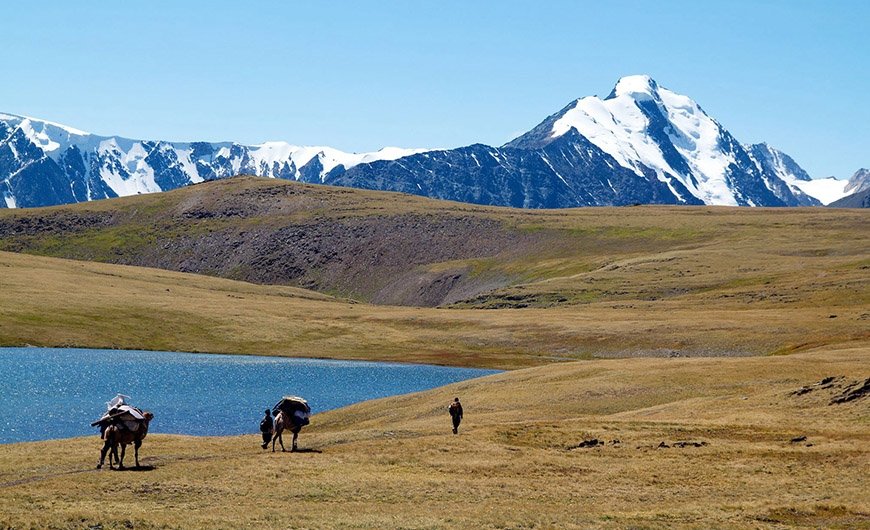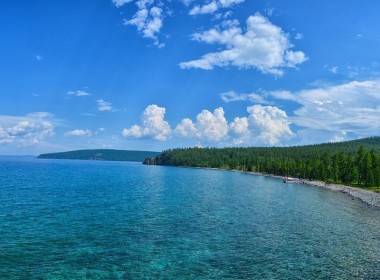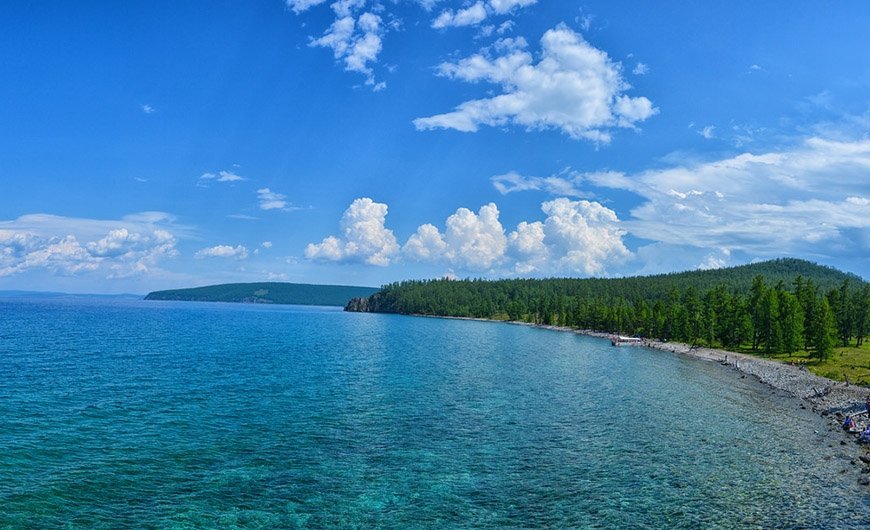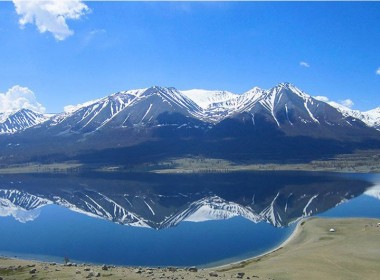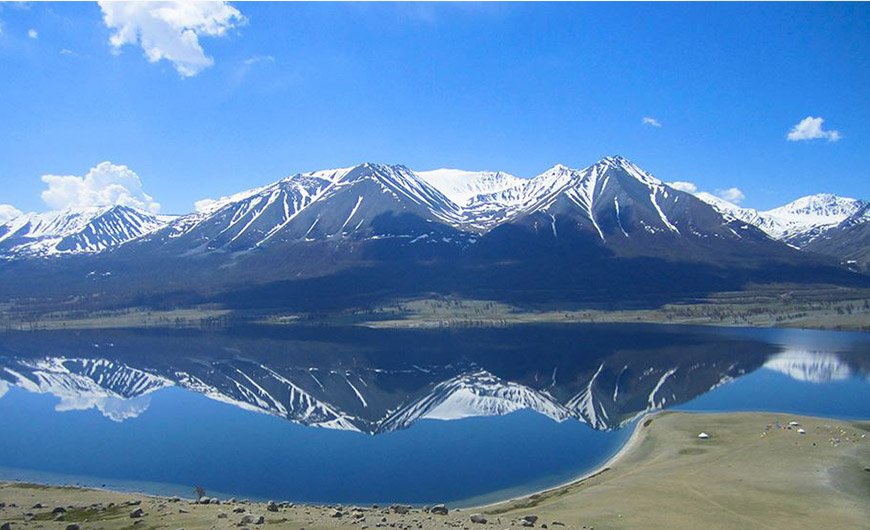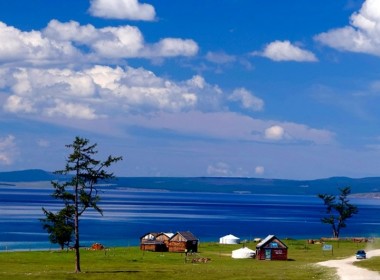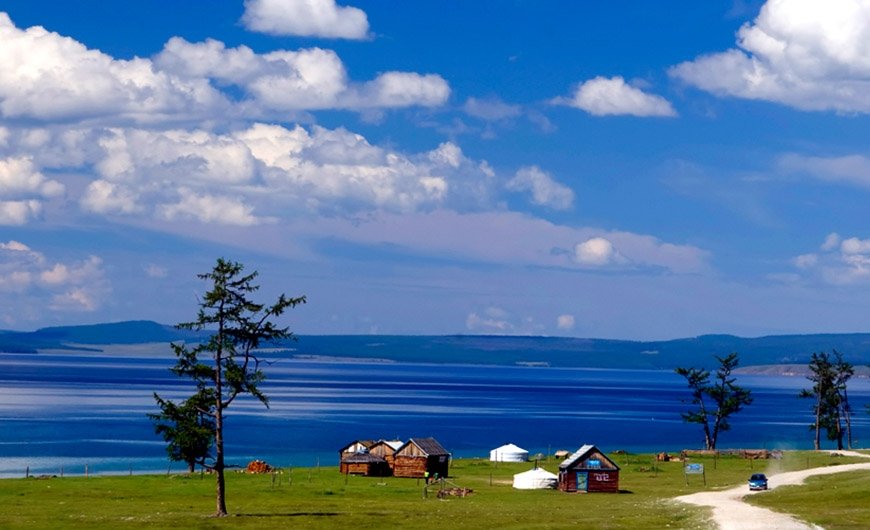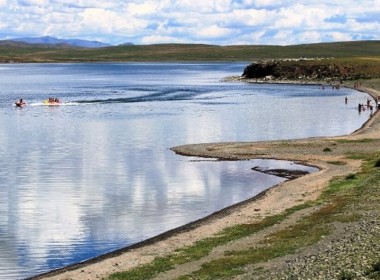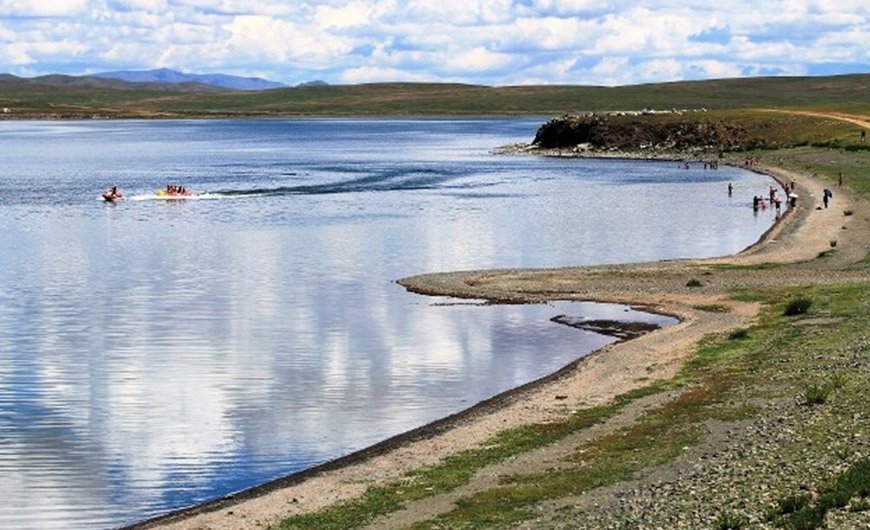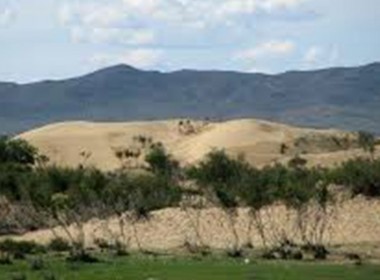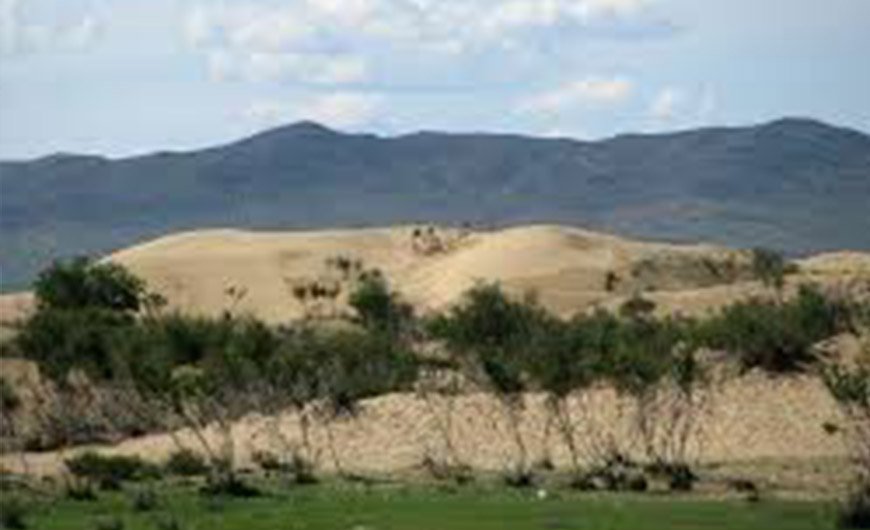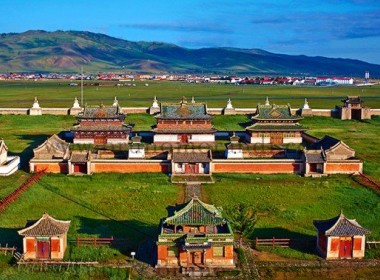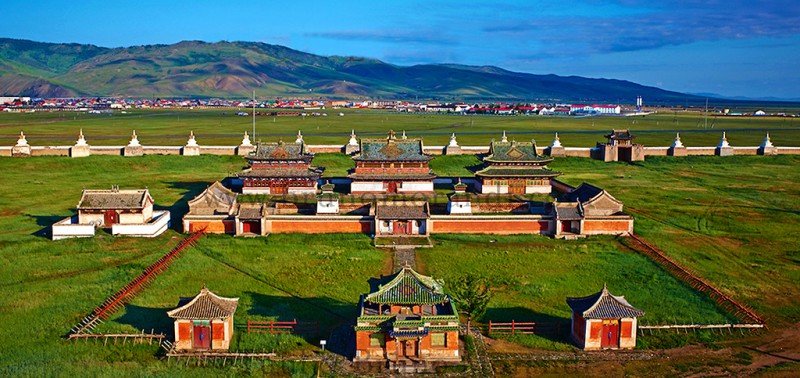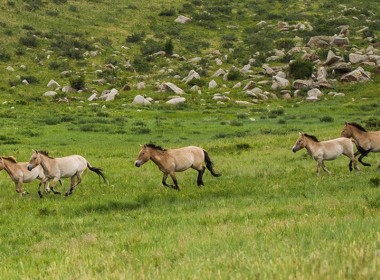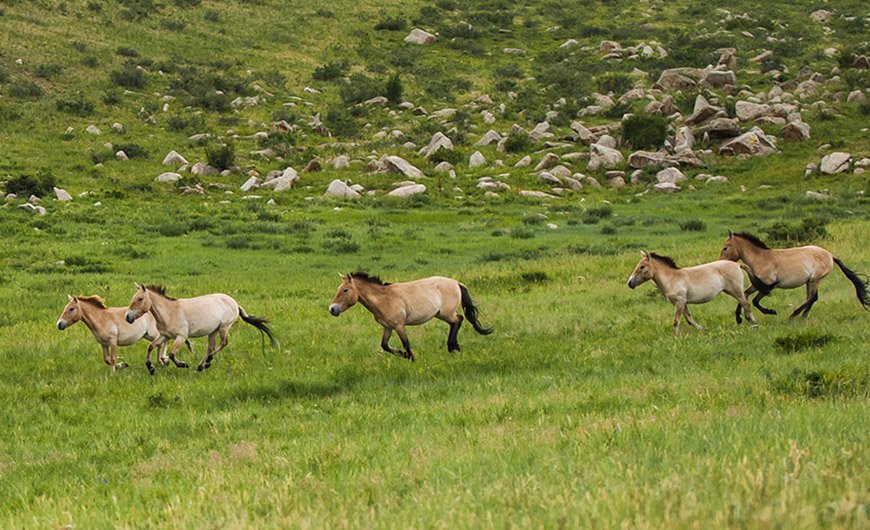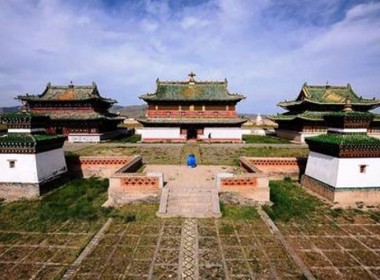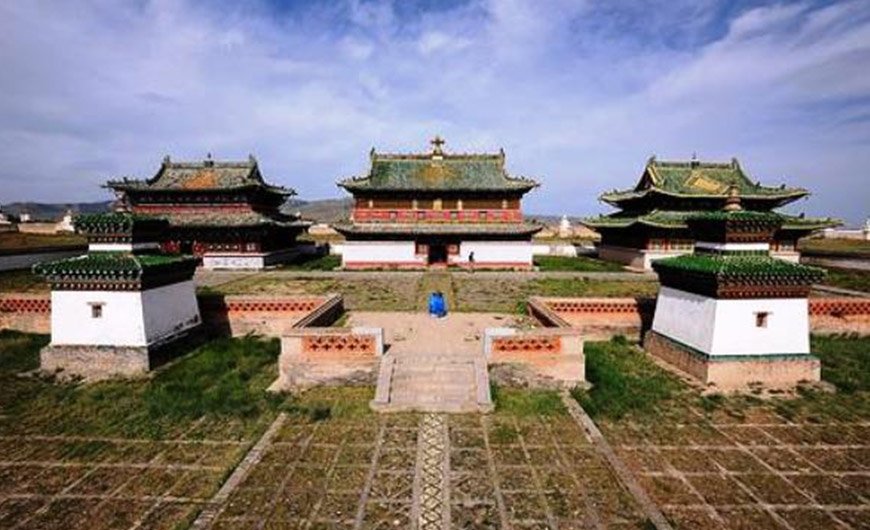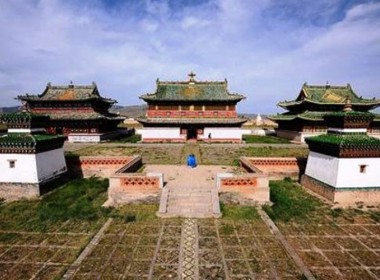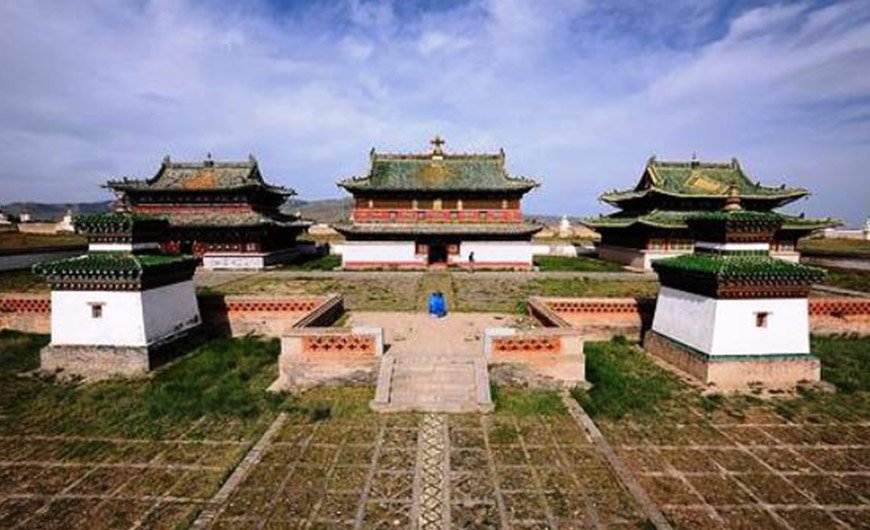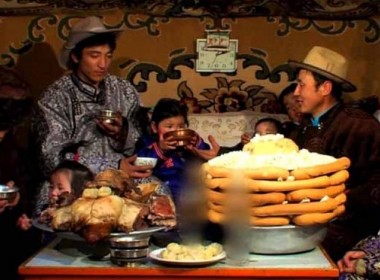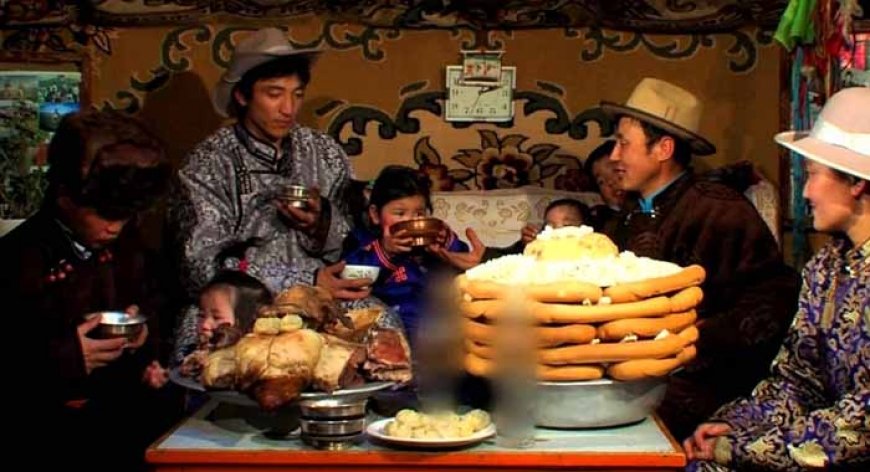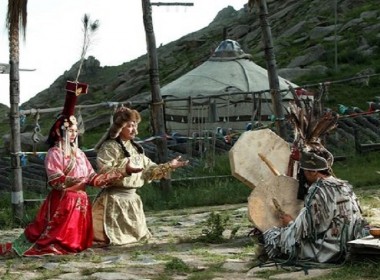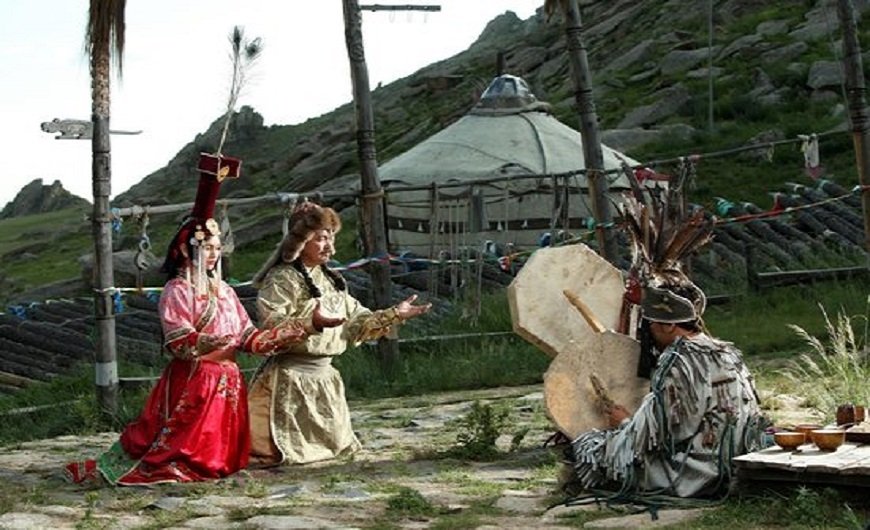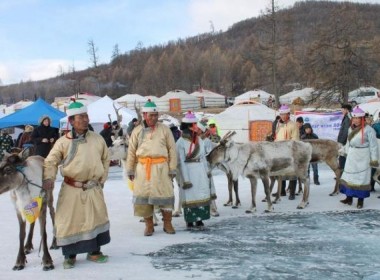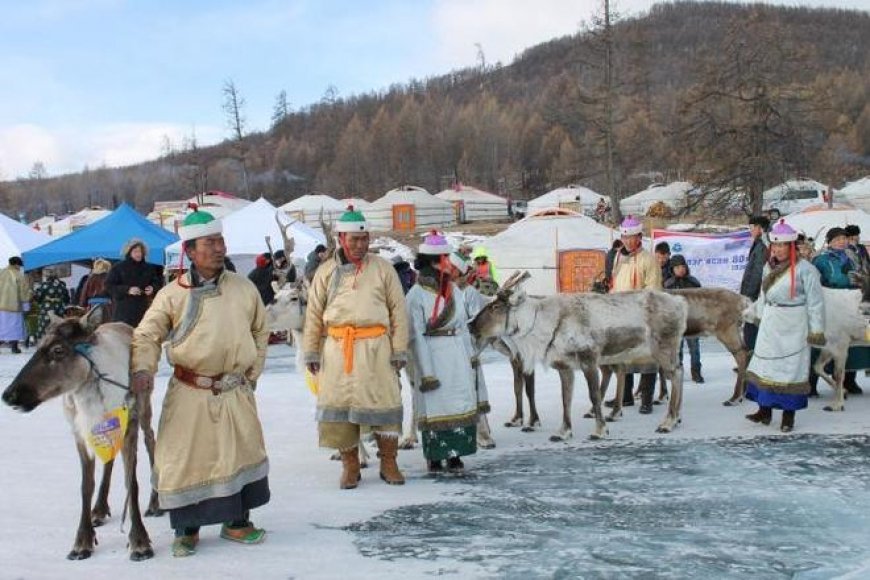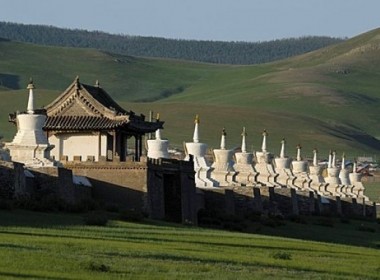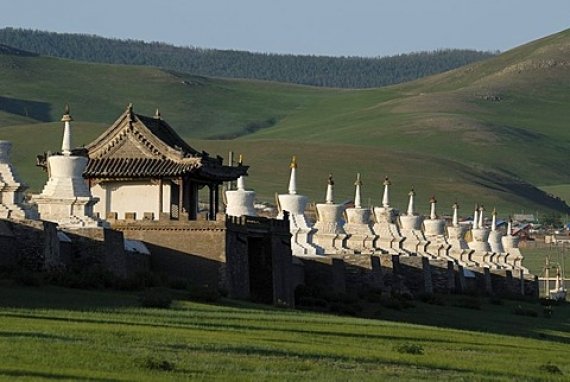HORSE TREKKING TOUR IN THE CENTRAL MONGOLIA
Day1. Fly to Choibalsan town
We will pick you up from your hotel and transfer you to the airport. Then you will fly to Choibalsan town, the provincial center. After you landed, our local guide and driver will pick you up. After local lunch, we will visit to local museum of the town and then visit to local food market. Overnight in local hotel in Choibalsan town.
Day2. Buir Lake – paradise for fishers
After breakfast, we will drive to Buir Lake (300 km). We will drive on the Menen Steppe which is over 100 km long. On this flat steppe we drive fast and it’s exhilarating. Buir Lake is biggest lake in Eastern Mongolia and fresh watered. It is 40 km long and 21 km wide. It is Steppe Lake that is why bottom is flat and not exceed 10 m. It is home of the fish and fishers’ paradise. We will do boating on the lake and try to catch fish. The lake has sandy ring beach and If you like you can swim in the lake also. Overnight in local tourist ger camp.
Day3. Ikh Burkhant – Giant Buddha image
Today we will head to Ikh Burkhant Monument (70 km). It is a giant Janraisag, a deity of Buddhism, image which was carved in hillside facing to south direction. Local noble man Togtokh Bat-Ochir Togtokh or To Van initiated it and construction of the carving was continued 1859 – 1864. It is 30 m long. There are over 20 seating deities were placed around the main image and protecting the eternal wheels and eerie shattered stone faces scattered about. If you walk up to its head, you'll see a couple entwined in an eternal stone embrace. Overnight in tent.
Day4. Numrug National Park – wilderness of east.
Today we will drive to Numrug National Park (180 km). On the way we will see the monuments of the Battles of Khalkhyn Gol including Russian hero M.P.Yakovlev memorial monument, Victory Monument and 90 Heroes Monuments etc. The Battles of Khalkhyn Gol (sometimes called as Nomonhan Incident) constituted the decisive engagement of the undeclared Soviet–Japanese border conflicts fought among the Soviet Union, Mongolia and the Empire of Japan in 1939. After we pass the Khalkh gol sub-provincial center, we will see Human Stone of Shonkh Hill. It was created in 13th century and belong to Chinggis Khaan’s era. After arrive in Numrug National Park, we will go to 3 Rivers joint we will start Hike and observe wild life. Fishing is allowed. Numrug is known for its abundant and pristine wilderness, and wildlife viewing is a must when visiting. Nowhere else can you observe tens of different species of animals including Usurian moose, wild boars, wolves, species of antelopes and birds in their natural habitat of the Manchurian flora and fauna ecologically distinct from rest of Mongolia. Overnight in tent.
Day5. Dornod Mongol National Park – endless steppe
Today we will drive to Dornod Mongol National Park. Eastern Mongolian Plains feature a miracle of verdant grasslands that extend as far as the eye can see as well as lakes, mineral springs and gently rolling hills. This National Park area is home to rich wildlife dominated by thousands of white-tailed gazelle (Mongolian gazelle). Between 300,000 to 1 million gazelles, one of Asia’s largest remaining wildlife populations, inhabit the steppes. We will go to Vangiin Tsagaan Mountain which is highest place at the N.P for observing the animals. Overnight in the tent.
Day6. Lkhachinvandad Natural Reserve – deer in the steppe.
Today we will drive to Lkhachinvandad Mountain. It is located very near to the Mongolian border. Eguzer Khutagt Galsandash first time pet about 30 deer in the Lkhachinvandad Mountain in 1886 and the number increased about 100 heads they released in the Mountain in 1915. After we reach there we will start hiking and searching deer. It was officially was proclaimed as Natural Reserve in 1965 and purpose of the Reserve is preserve and protect deer habitat in steppe. It covers 58000 hectares area around Lhachinvandad Mountain (1233m)
Overnight in tent.
Day7. Altan Ovoo – Sacred Mountain.
After breakfast, we will drive to Altan Ovoo Shiliin Bogd region. It was being worshipped by the locals until the early 20th century when Bogd Khaan Jibzundamba, a former theocratic and political leader of Mongolia, had this cairn official worshipped mountain. Women are strictly prohibited to climb the cairn; instead they climb a small cairn southwest of it or go clockwise round it along a particular road. Golden Cairn has a crater flowing northwest. There are Lake Duut on the west and Mount Shiliin Bogd on the east. Overnight in the tent.
Day8. Khamar Monastery - World Energy Center
After breakfast, we will drive to Khamryn Khiid (Nose Monastery). On the way we will pass through Sainshand town and there we will visit to Danzanravjaa Museum. The monastery was built in 1820 by a well-known religious leader called Danzanravjaa and is surrounded by a vast 108 stupas. The Breast Hill, Sky Bell, Old man Stupa, Uterus Rock, and 108 Caves can be visited respectively. Then we will drive to Khusliin Khar Uul (Wish Black Mountain).
Day9. Ulgii Monastery Ruins – Ghost town, Suikhent Mountain – petrified trees, Demchig Monastery – Holy Monastery
Today we will drive onto deep of Gobi desert. First of all, we will pass through a Buddhist Monastery ruin named Ulgii Monastery. It was built in 1745 by Danzanravjaa who built Khamar Monastery too and destroyed in 1937 by communist purges. Then we will arrive in Suikhen Mountain and Suikhent is a rare natural spectacle with petrified trees, which do not often occur in Mongolia. We will hike around there and look the petrified trees. In the evening, we will arrive in Demchig Monastery. After the dinner, we will hike around the monastery. This is also one of the Buddhist temple who was built by Danzanravjaa.
Day10. Yolyn Am (Vulture Gorge) - dramatic narrow valley.
Today we will drive to Yolyn am gorge (280 km). On the way, we will pass Dalanzadgad town, provincial center. At the entrance of National Park and Yolyn Am gorge, we visit a natural history museum named Gurvan Saikhan National Park. From the car park we will ride Mongolian horse to reach the end of the gorge where in the middle of the summer you’d be walking over thick layer of ice. Vulture Gorge is a picturesque valley begins from Zuun Saikhan Mountain (2800 m), a branch of the Gurvan Saikhan mountain system, and stretches over 10 km. It is completely shaded from the sun in some parts by high cliff walls. We will ride horse there. Mongolians are historically a nomadic people, and thus many of their cultural symbols reflect nomadic life. The horse is probably the most central part of Mongolian culture. Mongols love horses, riding them for transportation in the villages, using them for farming, racing them for fun, and eating them for celebrations. Many Mongols own horses and keep pictures of them in their houses or offices. After visiting Vulture Gorge, we will go to Mukhar Shivert which is another valley which preserves the ice longer than Yolyn Am. Upon completion of our day’s sightseeing, we will drive to our tourist ger camp and have a dinner, traditional food “buuz”, steamed dumpling. Overnight at tourist ger camp.
Day11. Khongor Sand Dunes - Singing Sands.
Today we will drive to Khongor Sand Dunes that extend along the northern side of Sevrei and Zoolun mountain ranges (190 km). After lunch, we will go to the Dunes. Khongor Sand dune - Singing dunes. The dunes range from 20 to 25km in width, nearly 100 km long, with crests rising 80 to 300 m above the surrounding landscape. The direction and velocity of winds, in addition to the local supply of sand, result in a variety of dune shapes and sizes. The sounds have been variously described as singing, whistling, squeaking, roaring and booming. Here we will ride camels. The two-humped Bactrian camels are very comfortable to ride, as they walk slowly and gently and we will be well supported by the humps, sitting comfortably between them. Gobi is home of camels and goats. Mongolia is has largest number of Bactrian in the world. Today’s dinner will be “Khuushuur” which is flat, fried and traditional Mongolian dish. Overnight at tourist ger camp.
Day12. Bayanzag - Flaming Cliffs.
After breakfast, continue the drive towards Flaming Cliffs (150 km). A saxual forest and area of red cliffs together named as “Bayanzag” which have been formed from the erosion of the sand and rock over many thousands of years. A lot of dinosaurs’ skeletons & dinosaur’ eggs (first!) have been found from Bayanzag. American zoologist Roy Chapman Andrews named this place as “End of the World”. As scientists defined it was an inland seafloor some 200 million years ago. The Flaming Cliffs themselves are very imposing from a distance, and are particularly fiery in the light of the setting sun, and it is an interesting place to wander about to get a closer look at one of the world’s most famous paleontological sites. Today we can teach you some traditional ankle bone games of Mongols such as “horse racing”, “seizing ankle bones” and “knucklebone”. Today dinner is “Khorkhog” which is another traditional respectful Mongolian dish similar to BBQ and it is mutton or goat meat and large chunks of vegetable cooked in a metal pot with hot stones from a flaming fire. Overnight at tourist ger camp.
Day13. Ongiin Khiid - Monastery Ruin.
After breakfast, we will head to Ongi Monastery Ruin in Middle Gobi (180 km). We will drive on the Ongi Steppe which is over 100 km long. On this flat steppe we drive fast and it’s exhilarating. On the way, we will pass through Mandal-Ovoo sub-provincial center. There we will visit the local camel milk factory for tasting camel milk products such as frozen yogurt and milk, ice cream etc. The Monastery Ruin is located in the peace and beauty of the Delger Khangai Mountains which is the place of junction point from Gobi to Central Mongolian grassland. It is an active small monastery with single temple which was built on the ruins of a monastery complex that was formerly one of the largest monasteries in Mongolia and founded in 1760 and consisted of two separate temple complexes, Barlim khiid and Khutagt khiid, on the North and South of the Ongi River. The 2 complexes were destroyed in 1939 by the Stalinist purges. Violent destruction of Ongiin Khiid is still visible, still palpable, even though it happened over years ago. Over 200 monks were executed at the time. After dinner, you can take some photos wearing Mongolian traditional clothes. Overnight at tourist ger camp.
Day14. Karakorum – Genghis Khaan’s capital.
After breakfast, we will drive to Karakorum (250 km), the ancient capital of Mongolia where today there is a small local township. We will notice the landscape changing from semi-desert to steppe grassland. Also, we will see a rock drawing which shows 2 deer and a mountain goat early on in the morning. On the way, we will visit authentic Mongolian nomad family and see the how they produce their dairy products, how to milk the horses and taste Mongolian dairy products as well as fermented mare’s milk – “airag”. Central Mongolia is home to almost 2 million horses. On arrival in Karakorum, you will notice the first and most obvious landmark which is the massive wall of the Erdene Zuu Monastery. The monastery was built in 1586 by a well-known Mongolian king called Abtai Sain Khaan, and is surrounded by a vast 400m wall. Not a single nail was used in the construction of the ornate temples, only a few of which remain standing after the communist purges. Before its’ destruction by the grounds held over 60 temples with 10,000 monks functioning here. After the visit to the Monastery. we will see Kharkhorum Museum which newly opened by the support of Japanese Government. The exhibits here mainly focus on the Great Mongolian Empire and ancient Karakorum city. The phallic rock, turtle rock and Golden Eagles can be visited respectively. From the top of the hill where the Monument to Mongol Empire, Orkhon River Valley can be seen almost in its entirety. Orkhon is longest river in Mongolia with length of 1124 kilometers (709 miles) and formulates by springs at the numerous streams from Suvraga Khairkhan a peak of Khangai mountain range. Today’s dinner is “Tsuivan” which is steamed noodle with meat and it is considered most favorite food for many Mongolian men. Overnight at tourist ger camp.
Day15. Khustai National Park – wild horses.
We will drive to Khustai National Park (290 km). On the way, we will pass through Elsen Tasarkhai . It is smaller sand dunes, 80 km long, continuously lies in the lowland of legendary Khugnu Khaan and Bat Khaan mountains. Sand dunes represent landscape, climate & ecology of Gobi Desert, in this region. At Khustai National Park and Resort, we will ride horse again. Mongols are historically a nomadic people, and thus many of their cultural symbols reflect nomadic life. Horse is probably the most central part of Mongolian nomads’ culture. Mongolians love horses, riding them for transportation in the villages, using them for farming, racing them for fun. Many Mongols own horses and keep pictures of them in their houses or offices.
The afternoon will be spent at leisure hiking in the surrounding mountains with an evening visit to the wild horses while they come down the mountains for water in the evening. Khustai national park where re-introduction of the wild takhi horses (Przhevalsky's horses) has taken place since 1992. Takhi is last wild horse subspecies surviving in the 21st century. It was discovered in western Mongolia in the late 1870s by the Russian explorer N.M. Przhevalsky. Several expeditions since 1969 have failed to find this horse, which probably crossed with half-wild domesticated horses and lost its distinct features. Specimens have been kept and bred in zoos, and Mongolia in the late 20th century managed to reintroduce them into the wild. Khustai tourist ger camp has a small museum about Takhi and processes of re-introducing them. Overnight at tourist ger camp.
Day 16. Drive back to UB
The Tour Price includes:
- Accommodations
- Driver + 4WD Vehicle + All Petrol
- English or Korean speaking Guide
- Breakfast, Lunch, Dinner (Vegetarian or vegan meal are possible)
- Water 1.5L daily
- All entrance fee
- Camel & Horse Riding
The Tour Price doesn't include:
- Accommodation in Ulaanbaatar
- Tips
- Personal items and toiletry
- Optional activity costs
Price:
- 2 people 95 USD per person per day
- 3 people 80 USD p.p.p day
- 4 people 70 USD p.p.p day
- 5 people 64 USD p.p.p day
- 6 or more people 59 USD p.p.p day





